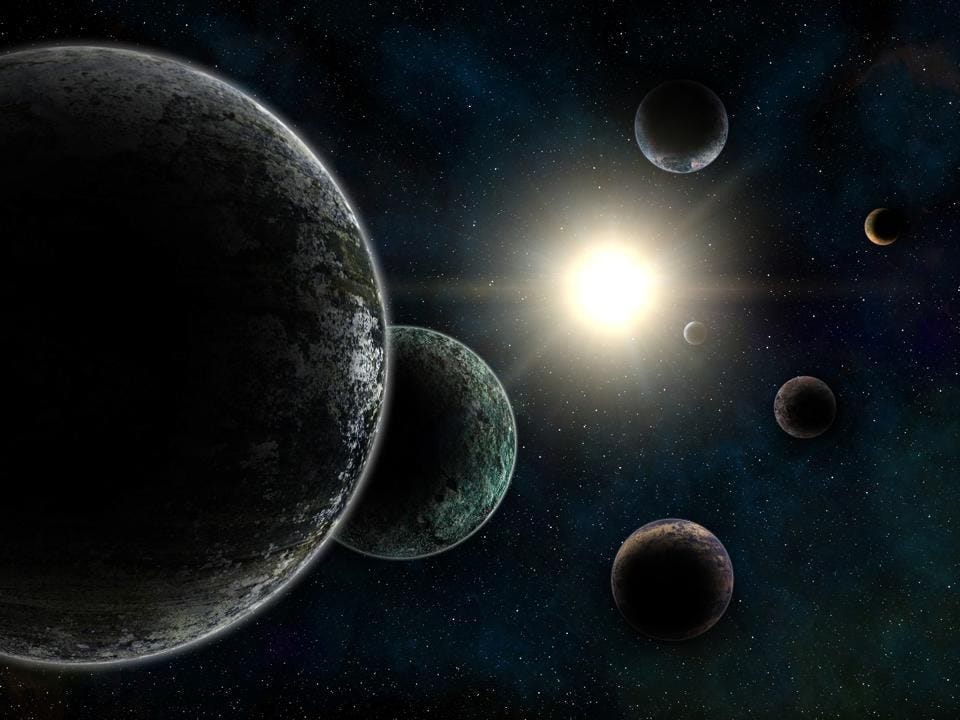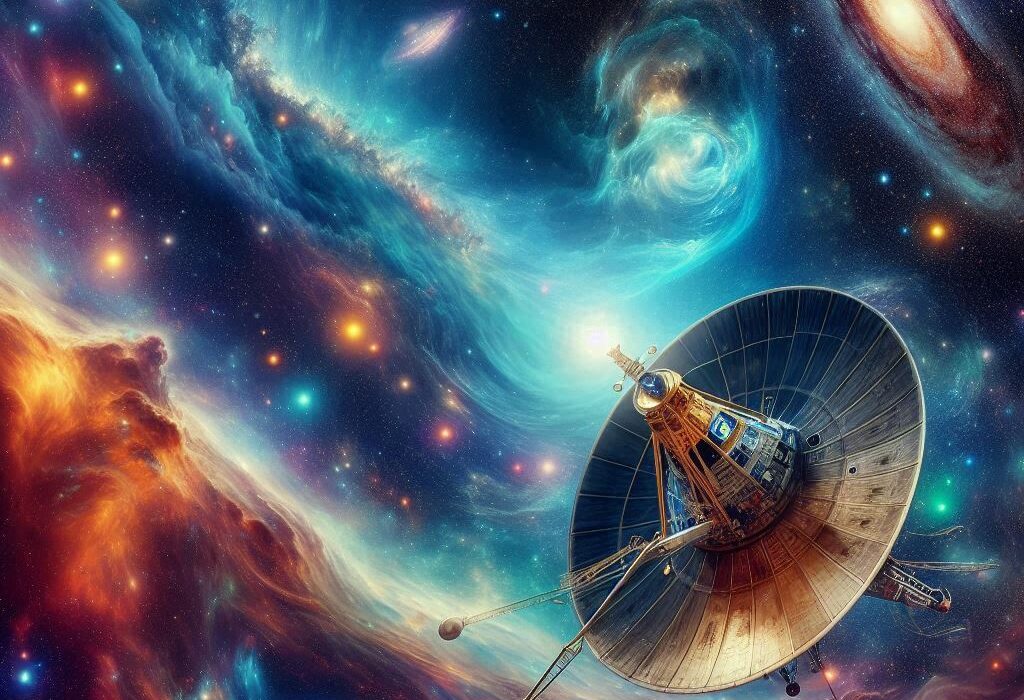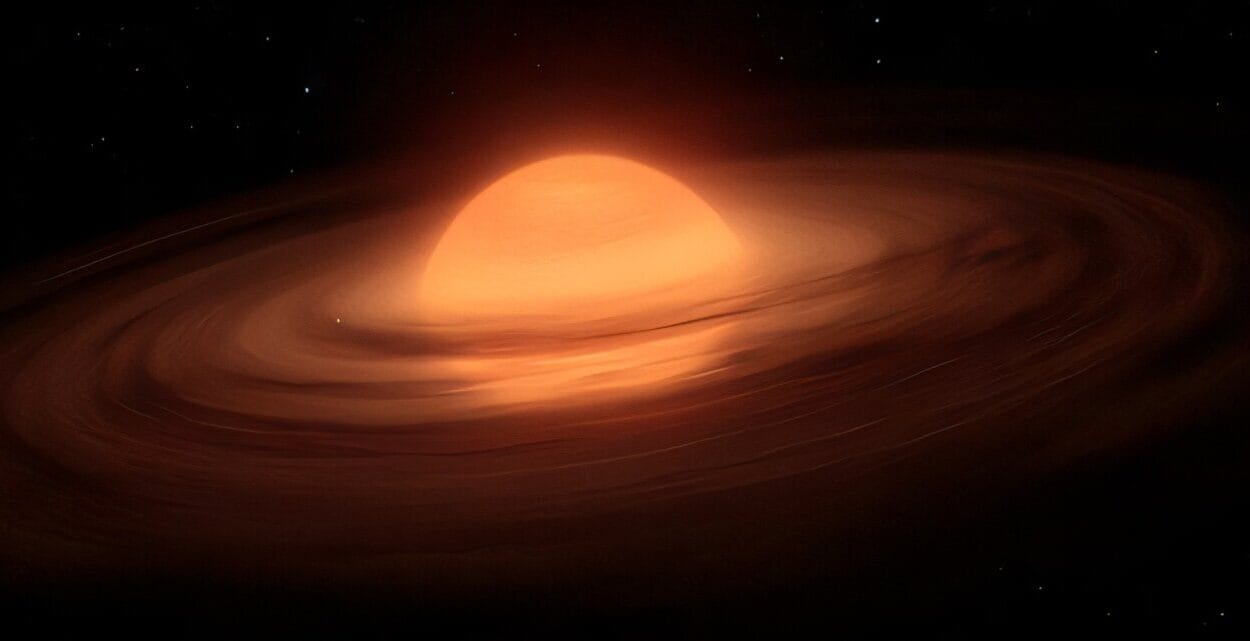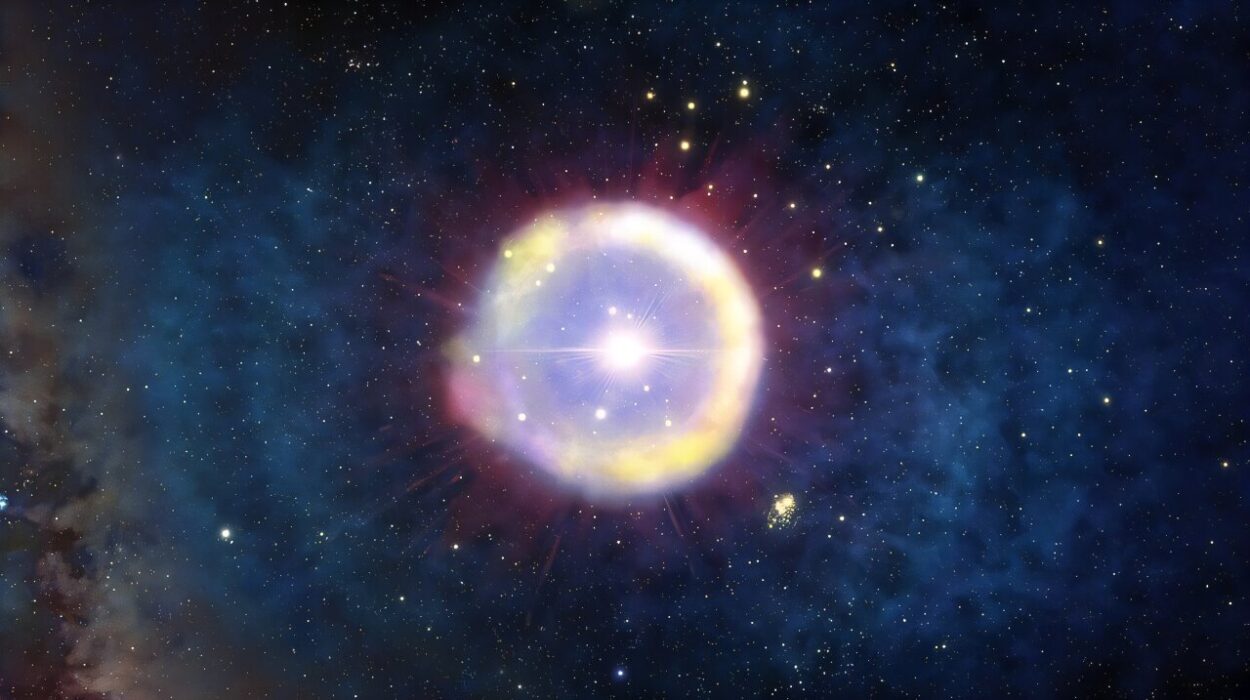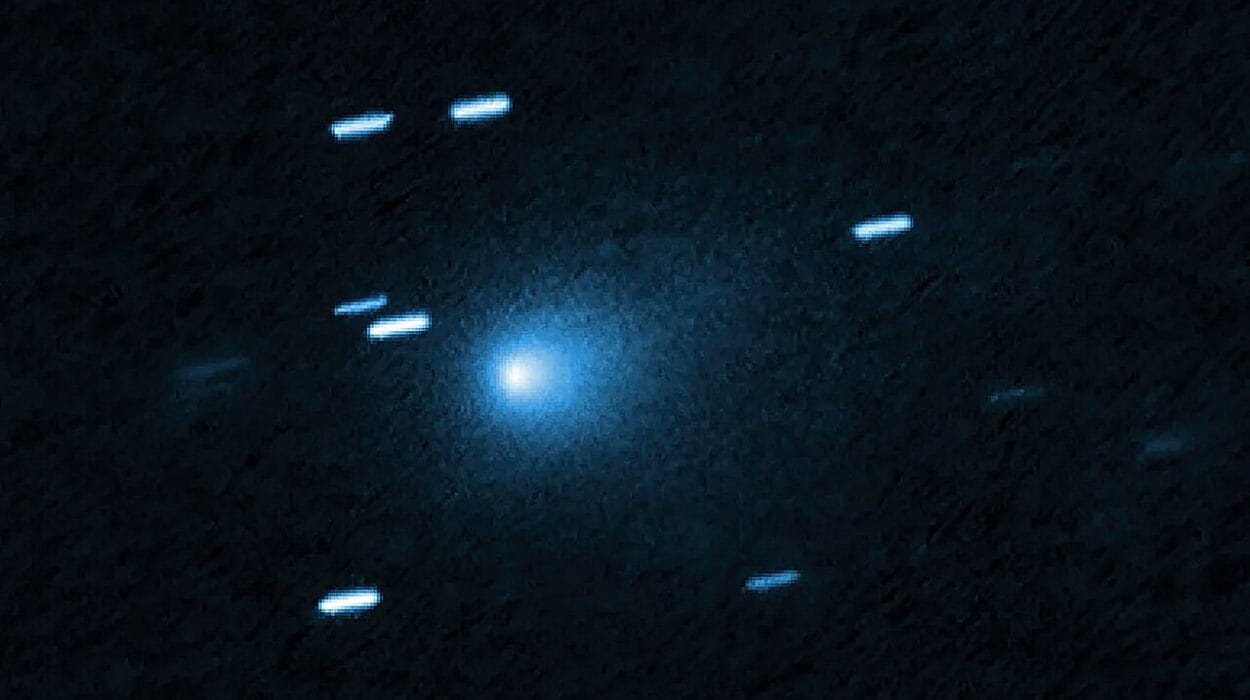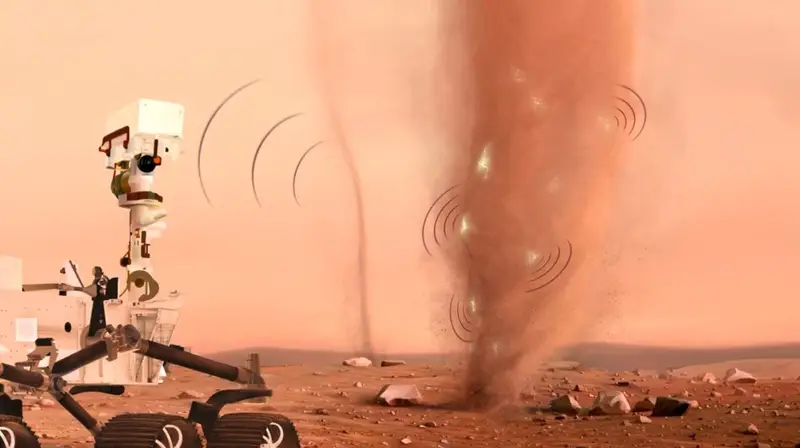For thousands of years, humans have gazed into the night sky and wondered: are we alone? Ancient philosophers speculated about other worlds circling distant stars, home to beings much like, or unlike, ourselves. These ideas, poetic as they were, remained in the realm of myth and metaphysics—until recently.
Today, that age-old question has transformed into a rigorous scientific pursuit. The search for exoplanets—planets that orbit stars beyond our Sun—is no longer fantasy. It is a frontier where astronomy, planetary science, and dreams converge. And the prize is nothing less than staggering: the discovery of another Earth, a world where oceans may shimmer under starlight and alien winds shape continents unknown.
This is the story of how we began to look for those distant worlds, how we’ve found thousands, and how we may be on the cusp of answering humanity’s most haunting question: could life, intelligent or otherwise, exist beyond our pale blue dot?
When the Stars Stood Alone
Before the 1990s, the idea of planets around other stars was widely accepted in theory but not in evidence. There was, simply, no technology sensitive enough to detect them. Stars vastly outshine their planets, making the latter nearly impossible to observe directly. Looking for a planet next to a star is like trying to see a firefly next to a spotlight—from thousands of kilometers away.
Some astronomers quietly wondered if our solar system was unique, an anomaly in a largely barren galaxy. Others argued that planetary systems should be the rule, not the exception, given the physics of star formation. Dust coalesces into disks, and those disks should naturally form planets. But belief alone could not confirm it. What was needed was data. And that data finally arrived, dramatically, in 1992.
The First Alien Worlds
The first confirmed detection of exoplanets came in the most unexpected of places: orbiting a dead star.
Astronomers Aleksander Wolszczan and Dale Frail discovered three planets circling a pulsar—a rapidly spinning neutron star left behind by a supernova explosion. The method was precise and strange. Pulsars emit radio pulses with such regularity that any slight irregularity can signal the gravitational tug of orbiting objects. The planets found were Earth-mass, but their environment was far from hospitable. Bathed in deadly radiation, they were no home for life. But they shattered a long-held barrier: for the first time, planets beyond our solar system were real.
A few years later, in 1995, Swiss astronomers Michel Mayor and Didier Queloz stunned the world with the discovery of a planet orbiting a Sun-like star. The planet, 51 Pegasi b, was huge—half the mass of Jupiter—but orbited perilously close to its star, completing a revolution in just four days. This “hot Jupiter” defied all expectations. It shouldn’t have existed—or so everyone thought. But it did.
From then on, the floodgates opened. New detection methods, better instruments, and refined techniques began revealing a universe far stranger and more diverse than anyone had imagined.
How to Find a World You Can’t See
Finding exoplanets is like being a cosmic detective. Since most exoplanets cannot be seen directly, astronomers must infer their presence through subtle clues.
One powerful method is the transit method. When a planet passes in front of its star, it causes a tiny, temporary dip in the star’s brightness. Sensitive instruments, like NASA’s Kepler Space Telescope, can detect these minuscule changes. By observing multiple dips over time, scientists can determine a planet’s size, orbital period, and even estimate its atmospheric composition if conditions are right.
Another technique is the radial velocity method, which measures how a star “wobbles” due to the gravitational pull of an orbiting planet. This method, which led to the discovery of 51 Pegasi b, provides information about a planet’s mass and orbital distance.
There’s also direct imaging, though it’s rare and incredibly challenging. It requires blocking out the star’s light to see the faint glow of the planet itself. And then there’s microlensing, where a planet temporarily magnifies the light of a background star due to gravity. Each method has its strengths, and together they provide a multifaceted view of alien planetary systems.
A Universe Teeming with Planets
By 2025, scientists have confirmed more than 5,500 exoplanets in thousands of planetary systems. Many are wildly unlike anything in our solar system: lava worlds, water giants, gas dwarfs, super-Earths, mini-Neptunes. There are planets with two suns, planets that rain glass sideways in 7,000 km/h winds, and even rogue planets drifting through space unbound to any star.
Statistically, it now appears that planets are more common than stars. Virtually every star in the Milky Way—over 100 billion—likely hosts at least one planet. That means our galaxy alone could harbor more than 100 billion planets. And among them, billions may lie in the habitable zone—the region around a star where conditions might allow liquid water to exist on a planet’s surface.
The sheer numbers suggest a humbling conclusion: Earth is not unique. It is likely just one world among countless others, many of which could bear familiar features—land, air, oceans, clouds—and perhaps even life.
The Goldilocks Worlds
Not too hot. Not too cold. Just right.
This is the essence of the habitable zone, often called the “Goldilocks zone.” For a planet to be considered potentially habitable, it must orbit its star at a distance where temperatures allow water to remain in liquid form—a key ingredient for life as we know it.
But habitability is more complex than temperature alone. A planet also needs the right atmosphere to trap heat, a magnetic field to shield against radiation, and a stable orbit to ensure long-term climate stability. Size matters too. Too small, and the planet can’t hold an atmosphere. Too large, and it may become a gas giant.
Despite these challenges, astronomers have identified dozens of exoplanets that seem promising. Planets like Kepler-186f, orbiting a red dwarf star 500 light-years away, or TRAPPIST-1e, part of a compact system of seven Earth-sized worlds only 39 light-years distant. These planets have captured public imagination—and serious scientific interest.
Could any of them be another Earth?
The TRAPPIST-1 System: A Nearby Laboratory
In 2017, NASA announced the discovery of the TRAPPIST-1 system: seven rocky planets orbiting an ultracool dwarf star. Three of them fall within the star’s habitable zone. The system is so compact that all seven planets could fit within the orbit of Mercury.
What makes TRAPPIST-1 so exciting is not just the number of planets, but their potential for study. Because the star is dim and small, even small planets block a significant amount of light during transits. That makes atmospheric analysis easier.
Telescopes like the James Webb Space Telescope (JWST) are now beginning to study the TRAPPIST-1 planets in unprecedented detail. Astronomers are looking for signs of atmospheres, water vapor, and even biosignatures—molecules that could suggest biological processes, such as oxygen, methane, or ozone.
Though we’re only at the beginning of that journey, the TRAPPIST-1 system may one day become the first place beyond Earth where we find signs of alien life.
The Tools of Tomorrow
The future of exoplanet exploration is breathtaking. While Kepler gave us the first census, and TESS (Transiting Exoplanet Survey Satellite) is expanding the search, JWST has ushered in a new era of atmospheric characterization. It can analyze the chemical fingerprints of exoplanet atmospheres, detecting gases that could hint at volcanic activity, climate conditions, or even life.
But even JWST is just a stepping stone.
NASA and ESA (European Space Agency) are designing next-generation missions like LUVOIR (Large UV/Optical/IR Surveyor) and HabEx (Habitable Exoplanet Observatory), which aim to directly image Earth-like exoplanets and analyze their light for biosignatures. These telescopes could provide actual photographs—tiny dots of pale blue light—that represent other Earths.
Breakthrough Starshot, a private initiative backed by physicist Stephen Hawking and entrepreneur Yuri Milner, proposes sending tiny laser-powered spacecraft to Proxima Centauri b, the closest known exoplanet at just 4.24 light-years away. If successful, the mission could send back data and images from another planetary system within our lifetimes.
The Challenge of Defining Life
Even if we detect an Earth-sized planet with an atmosphere rich in oxygen and water vapor, the question remains: does that mean life?
Not necessarily. Life leaves chemical fingerprints, but so do geological and atmospheric processes. The trick is in teasing apart the source. A surplus of methane and oxygen, for instance, might be a strong biosignature—if no known non-biological process can explain it. But caution is crucial. We must avoid the trap of wishful thinking.
And what if alien life isn’t like us at all? Could it thrive in ammonia oceans, or metabolize silicon instead of carbon? Our tools are shaped by what we know. The universe may have created life in forms and environments far beyond our current imagination.
The Philosophical Mirror
The search for exoplanets is not just a scientific pursuit. It’s a mirror held up to ourselves.
Every new world discovered challenges our assumptions about uniqueness, about life, about what it means to be special. If Earth is just one of billions of potentially habitable worlds, then perhaps life is common. Perhaps intelligence is a natural outcome of complexity, given enough time. Or perhaps we are rare—an anomaly in a vast, silent galaxy.
Both answers are profound. If we are alone, we bear a tremendous responsibility to preserve and protect life. If we are not, then we must prepare to share the universe with others—however distant or different they may be.
Either way, the discovery of another Earth would not just be a triumph of astronomy. It would be a transformation of human self-understanding.
Hope on a Pale Blue Dot
Carl Sagan once called Earth a “pale blue dot” suspended in a sunbeam. It’s a poetic image that reminds us of our fragility and unity.
Now, as we peer into the darkness beyond our solar system, we search for other pale blue dots—other chances at life, other stories unfolding beneath alien suns.
We may not find them tomorrow or even in this century. But with each passing year, the dream becomes more real. Our instruments sharpen, our knowledge deepens, our reach extends. The night sky is no longer a silent mystery. It is a map, a promise, and perhaps one day, a doorway.
The search for exoplanets is, ultimately, a search for ourselves—for our place in the cosmos, for connection in the vastness, and for the answer to a question as old as wonder: Could another Earth be out there?
